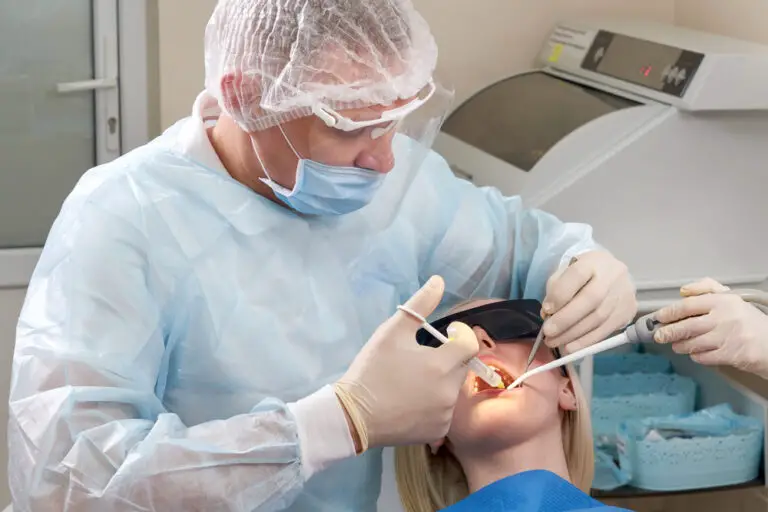Canine teeth are found in most mammals, however they are often most pronounced in carnivorous species. Also known as cuspids, canines are the long, pointed teeth located between the incisors and premolars. They serve as vital weapons for hunting, killing, tearing, and grasping prey. Their signature sharp shape assists mammals in securing food and defense.
In this comprehensive article, we will take a deep dive into the diverse mammalian groups that possess canine teeth. We’ll explore how canine form and function varies between carnivores, omnivores, herbivores, and marine mammals. We’ll also uncover some fascinating facts about these iconic mammalian teeth.
Mammals With Canine Teeth
From huge saber-toothed canines to tiny canines in mice, these teeth are a ubiquitous part of the mammalian dentition. Here we will overview the key mammal types that possess canine teeth and the adaptations of their canines.
1. Carnivores
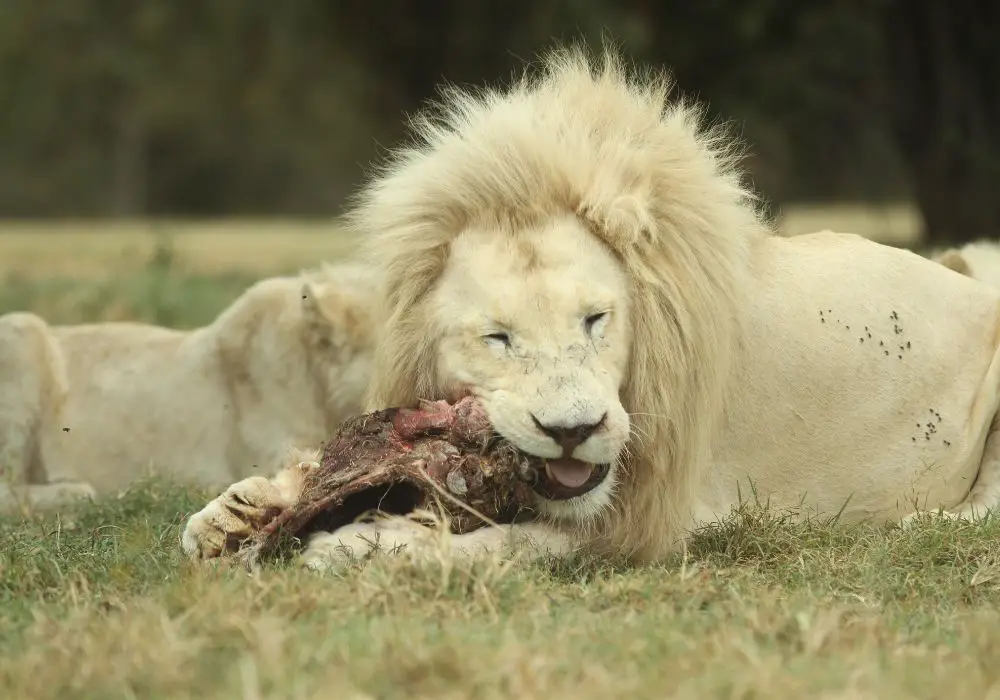
Carnivores rely on meat for sustenance and use their canine teeth to grip, kill, and tear the flesh of their prey. Examples of carnivorous mammals with conspicuous canine teeth include:
- Felines – Cats have extremely sharp upper and lower canine teeth used for gripping and severing prey. The canines of big cats like lions and tigers are especially long and lethal.
- Canines – Dogs, wolves, foxes, and other canines have very long, blade-like upper and lower canine teeth. Their teeth are adapted for hunting, capturing, and tearing meat.
- Bears – Bears have large, thick upper and lower canine teeth for seizing and killing prey. They use their canines to puncture the neck and crush the windpipe.
- Hyenas – Hyenas have huge upper canines measuring up to 4 inches long. They use their canines to crush bones and eat every part of a carcass.
2. Omnivores
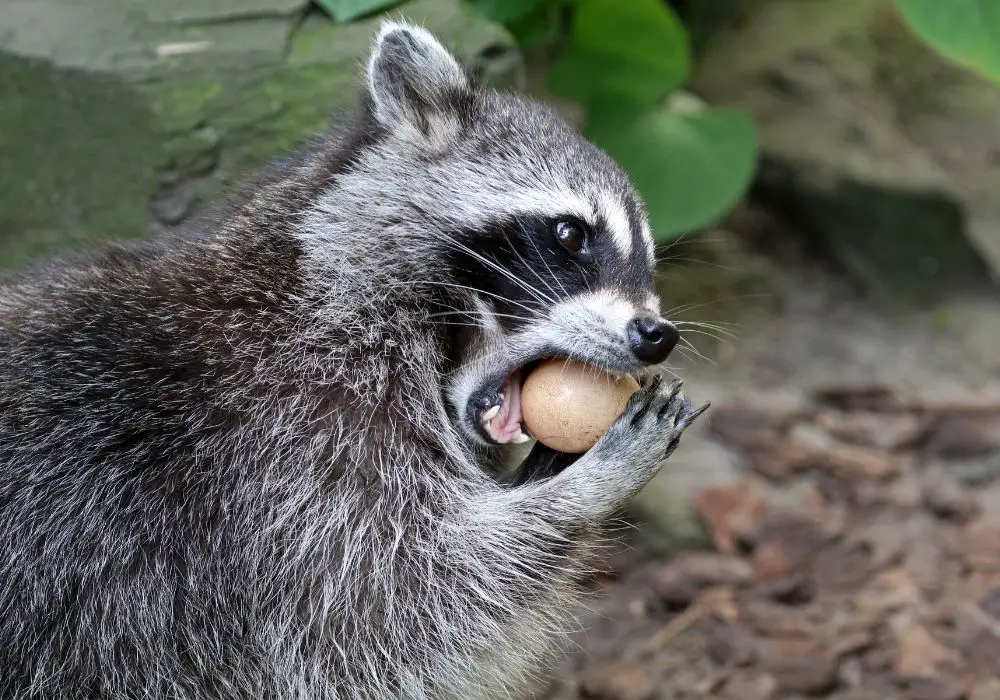
Omnivores have a varied diet consisting of plants and meat. Their canine teeth are not as specialized as carnivores, but are still important for eating prey. Examples include:
- Primates – Humans, apes, and monkeys have larger upper canines than lower. Their lower canines are ideal for holding and piercing food.
- Raccoons – Raccoons have pointed upper and lower canine teeth enabling them to hunt small vertebrates, eggs, and invertebrates.
- Bears – Bears are classified as omnivores as their diet consists of plants and meat. Their prominent canines enable them to hunt live prey.
- Pigs – Pigs use their canines and incisors to forage, root in soil, bite, and chew food sources. The lower canines are especially sharp and adapted for hunting.
3. Herbivores
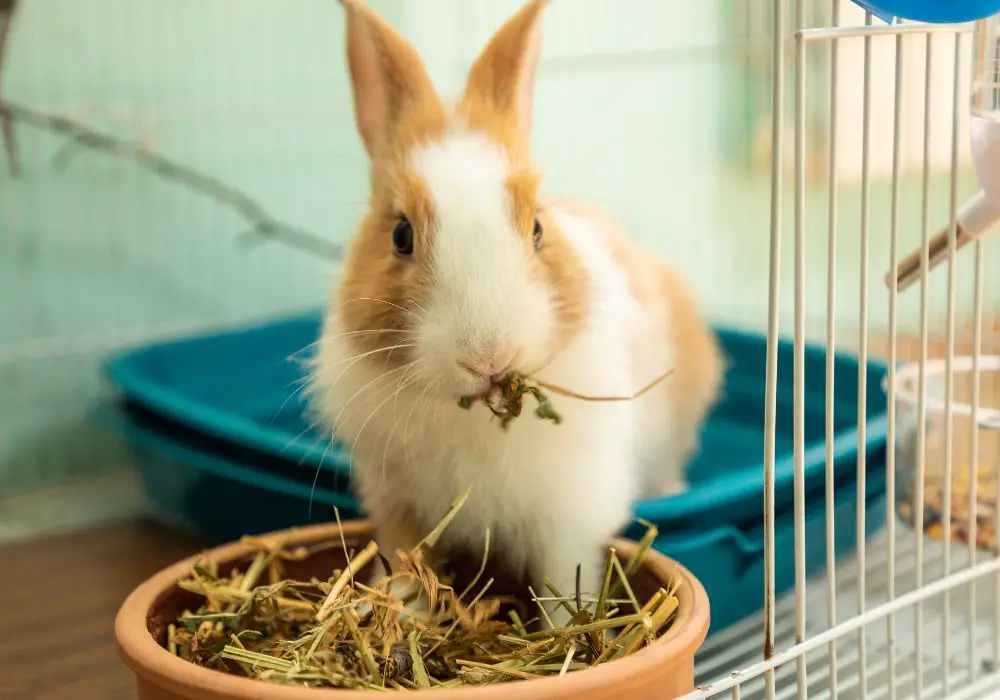
Herbivores primarily eat plant matter. Most herbivorous mammals still retain their canine teeth, although they are often small and not needed for hunting. Examples include:
- Rodents – Rodents like rats, mice, and squirrels have large gnawing incisors in front but reduced canines. The canines assist with biting off plant matter.
- Rabbits – Rabbits have small upper canine teeth situated close behind their long incisors. The lower canines are absent.
- Deer – Deer possess short upper canines that are efficient when biting off twigs and branches. The lower canines are rarely present.
- Horses – Horses have canine teeth in both the upper and lower jaw. However, they are often considered vestigial as they are very small.
4. Marine Mammals
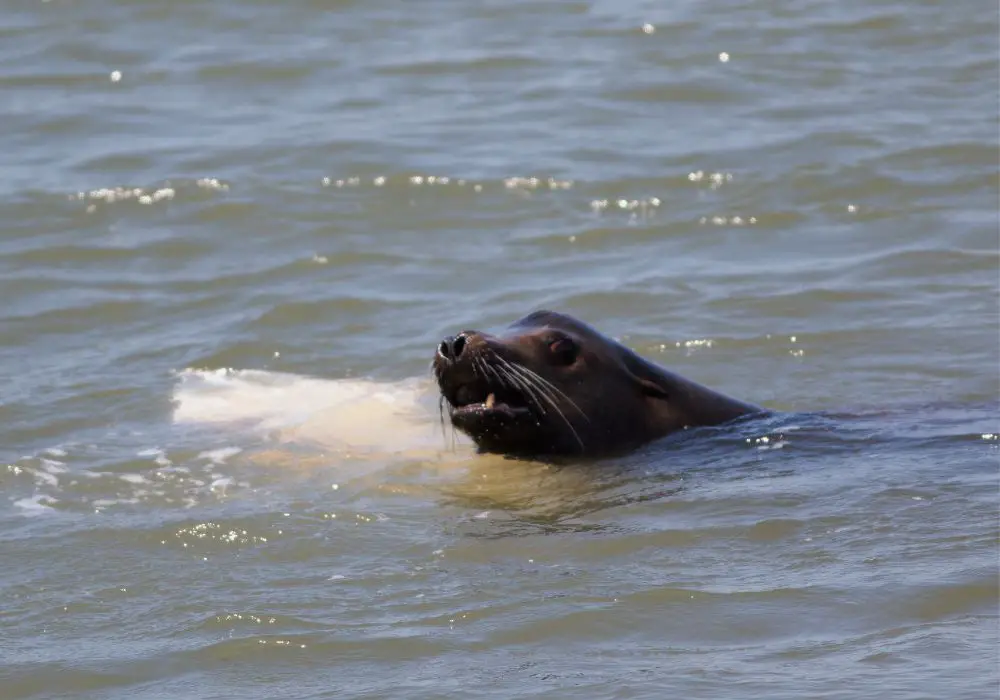
Marine mammals rely on their conical shaped teeth for catching fish, squid, and crustaceans. Examples include:
- Dolphins – Dolphins have around 80 – 100 teeth including canines adapted for grasping slippery prey like fish and squid.
- Seals – Seals typically have 34 teeth with prominent, fang-like canines used to snare fish, penguins, and other prey.
- Sea lions – Sea lions have specially adapted canine teeth to pierce the flesh of fish and shake them to death.
Key Facts About Canine Teeth in Mammals
Beyond the broad trend of enlarged canines in carnivores, there are some other interesting facts worth highlighting about the canine teeth of mammals:
- The crests of upper canine teeth are often serrated to assist in piercing tough hide and gripping flesh. This has been documented in cats, dogs, and hyenas.
- In most mammals, the upper canine teeth are larger and more conical than the lower canines. The lower canines may be flatter and more incisor-like.
- When the mouth is closed, the upper canines typically protrude past the lower canines. This allows efficient gripping and tearing of prey.
- In male mammals, the canine teeth are frequently much longer than in females of the same species. Males use their canines as weapons and for displays.
- Some mammals like rodents have open-rooted canines that grow continuously throughout life as opposed to limited growth in humans.
- Canine teeth tend to be more deeply rooted than other teeth and so often outlive the cheek teeth and incisors.
- The creodonts were an early order of carnivorous mammals with massive, serrated talon-like upper and lower canines.
- Smilodon (saber-toothed cat) had the longest canine teeth of any known mammal, reaching 28 cm (11 in).
- The wild boar has continuously growing lower canines that curve outwards to inflict maximum damage upon prey and rivals.
- The narwhal possesses an extremely long spiraled upper “canine” that projects up to 3 metres from its upper lip. However, this tusk is actually an elongated upper incisor tooth.
Why Do Mammals Have Canine Teeth?
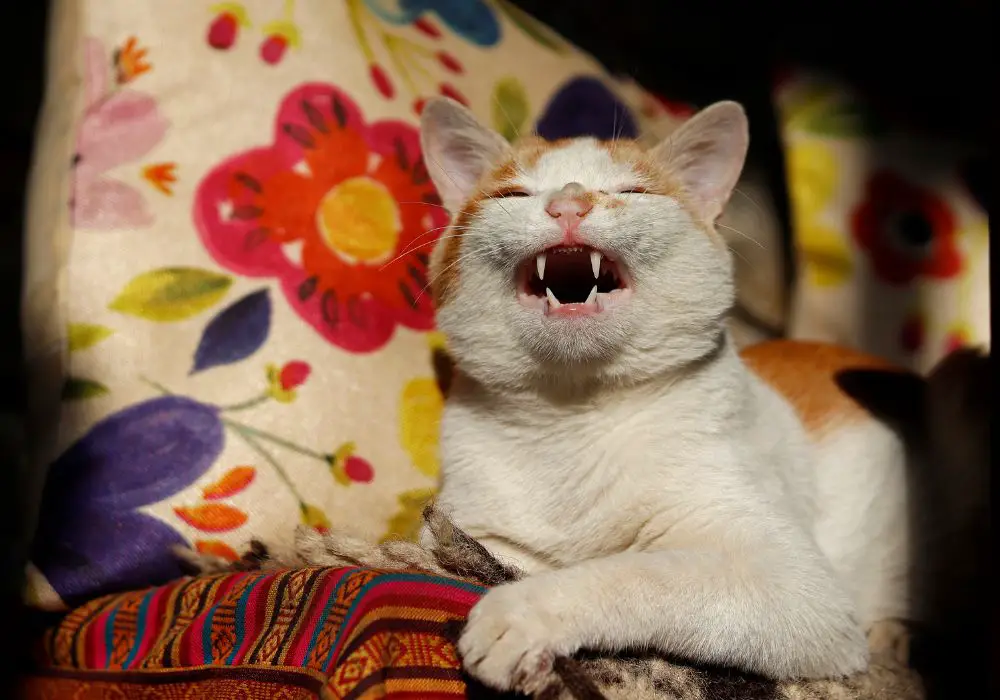
Clearly canine teeth play vital roles in mammal species across all diet types. Here we will overview the key functions they serve:
Killing and Hunting Prey
- In carnivorous mammals like cats and hyenas, the dagger-like canines are essential for quickly dispatching and subduing prey during the hunt.
- Strategically positioned upper canines puncture the neck and crush the windpipe, while lower canines offer leverage and a firm grip.
- Canines pierce flesh rapidly allowing large predators to take down prey twice their size. Their strength and sharpness enable clean kills.
Immobilizing and Gripping Prey
- The lateral position and specialized curvature of canine teeth allows carnivores to get a firm and sustained grip on prey.
- This prevents escape and enables the predator to control the prey throughout the kill.
- Precision gripping minimizes the prey’s struggle and assists in dragging large carcasses.
Tearing Flesh and Meat
- The fine serrated edges and sharpened tips of canine teeth in species like felines and hyenas allows them to cleanly slice through flesh, hide, and sinew.
- This enables carnivores to rapidly tear meat from bone and consume their prey after the kill.
- Canines complement carnassials and premolars when shearing and shredding flesh.
Removing Hide and Feathers
- In tandem with incisors, carnivores use their canines to rip away the fur, feathers, and tough outer hide of prey.
- The canines pierce and hold the skin, while incisors slice away strips of hide to expose the vulnerable flesh underneath.
Cracking Bones and Hard Foods
- In bone-cracking hyenas, the massive upper and lower canines produce extreme pressure enabling them to smash open bones and access the nutritious marrow inside.
- Smaller mammals like rodents use their canines to crack into hard foods like nuts and seeds.
Aggressive Displays
- In many mammals, the canine teeth are larger in males and when exposed, serve to threaten rivals and display dominance.
- Deer flash their canines when competing for mates. Walruses and seals use their huge canines to establish hierarchy.
Defense Against Predators
- Long, sharp canines in medium-sized mammals like mongooses may defend against much larger predators attempting to catch them.
- When threatened, many mammals will bare their canines to look vicious and intimidate enemies.
Digging and Foraging
- Some mammals like wild pigs use their robust lower canines to dig up soil in search of underground roots, fungi, and burrowing animals which supplement their diet.
- Cape hyraxes employ their continuously growing large incisors and canines to forage for food and dig burrows.
Social Grooming
- Primates with precise canine teeth are able to comb through fur and groom their social groups by removing ticks, fleas and other parasites.
- Lower canines provide an effective toothcomb that when drawn through fur removes debris and pests.
Conclusion
Canine teeth are an integral component of the mammalian dentition enabling species across diverse dietary niches to effectively hunt, kill, tear, bite, crack, dig, and forage. While most pronounced in carnivores, canines serve essential roles in omnivores and herbivores as well. These iconic pointed teeth have facilitated the success of mammals in conquering almost every habitat on Earth through their role as versatile weapons, tools, and social implements.
Frequently Asked Questions
Here are answers to some common questions about canine teeth in mammals:
Q: Which mammal has the largest canine teeth?
A: The extinct saber-toothed cat (Smilodon) possessed the longest known canines of any mammal, reaching 28 cm (11 in). Extant mammals with very large canines include the walrus, hippopotamus, wild boar, and baboon.
Q: Why do male mammals typically have longer canines than females?
A: Male mammals use their more prominent canines to compete for mates. Long canines allow males to dominate rivals and display their fitness. In some cases males directly utilize canines in aggressive fighting.
Q: What mammal has the smallest canine teeth?
A: The Etruscan shrew has tiny 1.3 mm canines to match its diminutive body size. Other tiny mammals like bumblebee bats and dwarf hamsters have similarly minute canine teeth.
Q: Do dogs use their canine teeth more than other teeth?
A: Yes, dogs utilize their long upper and lower canine teeth for puncturing, holding, and tearing food. The carnassials are also important, but the canines are vital given a dog’s carnivorous habits. Veterinarians recognize worn canine tips as a sign of chewing and age.
Q: Could our human canine teeth be getting smaller through evolution?
A: Possibly! Our canines are much smaller compared to those of other apes. Some scientists hypothesize agriculture and cooking has enabled us to process food better, exerting less pressure on canines which may gradually reduce further.






